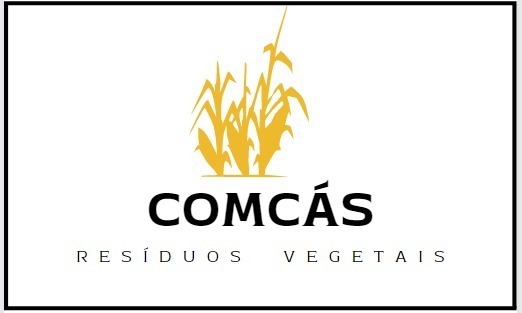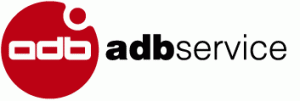For instance, if it costs $5 in raw materials to produce one unit, producing 100 units will cost $500 in raw materials, while 200 units will cost $1,000. Process costing is appropriate for companies that produce standardized products in large quantities. Since the products are very similar in nature, different departments specialize in different processes. In such situation, it is more efficient to accumulate costs at the process/department level and hence the name. Examples include oil refineries, paint and chemical manufacturers, fast moving consumer goods (FMCG) producers, etc. (6) In case there is loss or wastage of units in any process, the loss https://armsofwar.ru/interesnoe/1037-shapka-ushanka-bushlat-i-tufli-na-10-santimetrovyh-kablukah-ili-dresskod-v-sverokoreyskoy-armii.html has to be borne by the good units produced in that process, and as a result, the average cost per unit increases to that extent.
- For example, in a furniture manufacturing company, the wood, fabric, and labor hours spent crafting a specific chair would be considered direct costs.
- We then assign the amount of direct materials used based on the total of fully and partially produced units.
- Calculating equivalent units is about converting partially completed products into their finished product equivalents.
- It helps management to understand the costs of producing goods and to identify areas where they can reduce costs.
- In job costing, costs are allocated to each job or project based on the costs incurred.
How to Test Completeness of Accounts Payable
- It is commonly used in chemical manufacturing, oil refining, and food processing industries.
- Process costing helps businesses make informed pricing decisions by providing an accurate estimate of the cost of production.
- The process costing method is typically used for processes that produce large quantities of homogeneous products.
- Job costing is used for projects completed in a shorter period, such as a few days or weeks.
- The company does not need to invest in an expensive accounting system just for product costing.
Here, only variable costs are considered as production costs, while fixed costs are treated as period costs that must be covered by the overall contribution margin. This provides clarity about how costs behave at different levels of production. While fixed costs stay the same when added up, the fixed cost per unit decreases as production volume increases, leading to economies of scale. Assume $10,000 worth of pigments and resins are introduced in pigment dispersing department as direct materials. Accounting became very important to the vast Roman Empire, and was a significant factor in Rome becoming a global power.
What Are Some Best Practices for Implementing and Maintaining a Process Costing System in Manufacturing?
- Job costing is a process of tracking costs of specific jobs, for example, billing hours for legal clients, construction costs of a building project, or medical services tracked to a patient.
- Cost accounting is a branch of financial management that helps organizations track and assess expenses incurred to create products or deliver services.
- Manufacturing overhead refers to indirect costs incurred during the production process that cannot be directly attributed to specific units of output.
- The abnormal losses are not included in the process costs but are removed from the appropriate Process Account and reported separately as an abnormal loss.
- (7) This method provides the average cost per unit and the average cost per unit is not always accurate.
For example, if an accounting department can cut down on wasted time, employees can be more productive on value-added http://www.bowlingdigital.ru/tur/corp/2017/arttour_ind/rez1.shtml tasks. Standard costing establishes preset cost estimates for various components of production, which are then compared with the actual cost of goods sold (COGS) to analyze discrepancies and identify areas for improvement. Meanwhile, operating costs comprise fixed and variable expenses required to run the business day to day. Summarizing these costs can give greater clarity about the overall operational efficiency of the business.
Costing Multiple Products
The organization can identify such inventory by physically counting the units or through software inbuilt into the manufacturing process. In addition, the costs of inventory under each process are also identified at this change. Here the actual cost is divided by the weighted average of products produced. A weighted average of units means the summation of the product of the rate and quantity of each item.
Identify the flow of costs from raw materials through various stages of production until the final product is completed. This understanding is crucial for accurately tracking and managing production expenses. Instead, accountants compute the cost per unit by first accumulating costs for the entire period (usually a month) for each process or department. Second, they divide the accumulated costs by the number of units produced (tons, pounds, gallons, or feet) in that process or department. Overhead costs can vary significantly from one production run to another, and this variability can impact the selection of a process costing method. If the variability in overhead costs is low, a method like the standard cost method may be adequate.
(1) The factory is divided into a number of processes and an account is maintained for each process. However, where workers https://stephanis.info/page/7/?openidserver=1 are engaged in two or more processes, their wages, ascertained through the relevant wage records, are apportioned among the different processes on the basis of time spent. (4) Where output of one process becomes the input of the subsequent processes. (13) Cost of production is ascertained at each process and finally after completion of production. (12) The production is undertaken on a continuous and large scale basis in anticipation of demand. (10) The production of main product is often accompanied by secondary products which are termed as point and bye-products.
First in, first out (FIFO) method
Since the costs are averaged, assessing the profitability of individual products or process stages is difficult. It can make it difficult for management to determine which product lines or processes should be eliminated if needed. Process costing helps businesses identify areas where costs can be reduced or eliminated. By monitoring the production cost, companies can adjust their operations and reduce waste, increasing profitability. Process costing is relatively easy to understand compared to other cost accounting methods.









